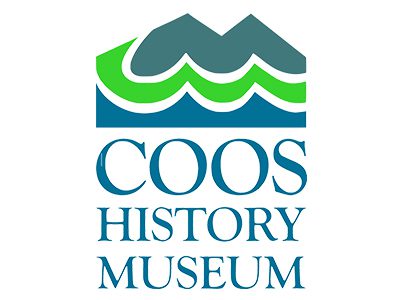
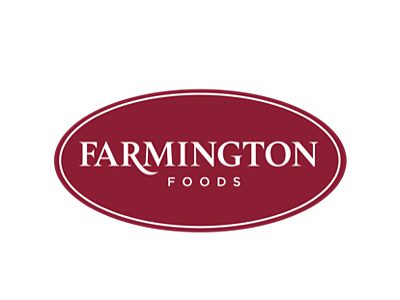
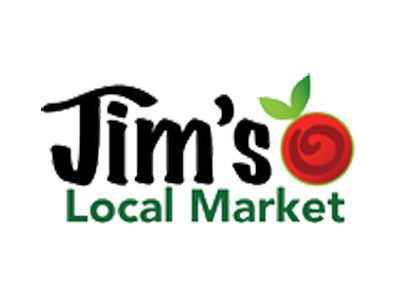
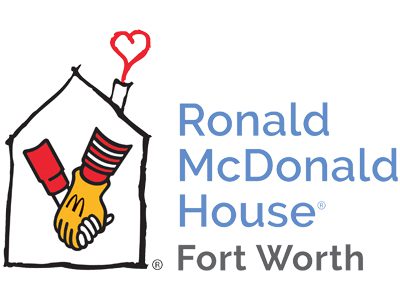
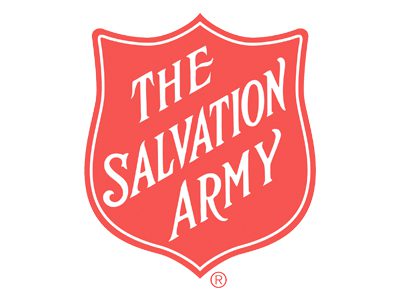
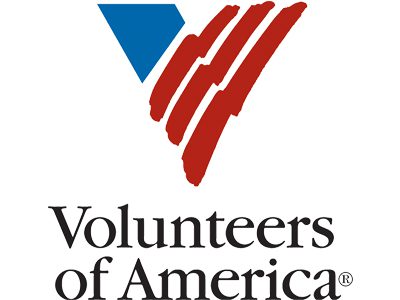



A Community Development Finance Institution (CDFI) is a specialized financial institution that provides capital and technical assistance to under-served communities in order to promote economic development and expand access to financial services. Community Development Financial Institutions are typically 501(c)(3) nonprofits that are certified by the U.S. Treasury Department's Community Development Financial Institutions Fund.
CDFIs fill a critical gap in the market by investing in businesses, real estate, and infrastructure projects that are often under-served by traditional financial institutions. By doing so, CDFIs help to create jobs, spur economic development, and increase access to essential services in low- and moderate-income communities.
In the United States and specific US Territories, CDFIs invest in businesses and local community projects that promote economic development and create jobs in low-income communities. They also provide financial education and technical assistance to help entrepreneurs start and grow their businesses. These funds are commonly used in real estate projects, neighborhood renovation, community centers, training programs, and opportunities that boost interest in business ownership within emerging communities.
CDFIs play an important role in developing economies by providing capital to businesses and projects that would otherwise not have access to financing. Such a financing entity could work with a local credit union and utilize venture capital and other programs such as the Community Reinvestment Act. This helps to create jobs and improve the quality of life in under-served communities. CDFIs also help to develop the local economy by providing technical assistance and training to entrepreneurs who aspire to become small business owners. This helps them to start and grow their businesses, which creates jobs and boosts the local economy.
Community Development finance institutions (CDFIs) are nonprofit organizations that provide financing to businesses and individuals in underserved communities. CDFIs help develop economies by providing access to capital, technical assistance, and financial education.
CDFIs fill the gap between traditional lenders and borrowers in underserved communities. They provide financing to businesses and entrepreneurs who may not qualify for a loan from a bank. CDFIs also offer technical assistance and financial education to help borrowers succeed.
CDFIs help develop economies by providing access to capital, technical assistance, and financial education. They fill the gap between traditional lenders and borrowers in underserved communities, and help entrepreneurs start and grow businesses.
The New Markets Tax Credit (NMTC) program is operated through intermediaries known as Community Development Entities (CDEs). CDEs are private companies that have to meet two requirements to be certified as a CDE: the first is that the entity must have a stated mission of serving low income communities, and the CDE must be accountable to the low income community it serves by appointing representatives from the community on either a governing or advisory board so that they have a role in project prioritization and selection. CDE's compete annually for an allocation of authority under the NMTC program, once an award is made the CDE then identifies specific projects to invest in.
CDE's are looking for projects that:
In order to attract a CDE it’s important for project sponsors to have assembled as much data as possible about the positive economic, social and environmental impacts of the project.
Community Development Finance Institutions (CDFIs) are specialized financial institutions that provide financing and technical assistance to underserved communities in order to promote economic development. A Community Development Finance Institution utilizes the CDFI fund in combination with other funding from community development banks, community development credit unions, venture capital loan funds, and other state or local programs.
CDFIs play a critical role as an investment adviser in developing economies by providing access to capital for small businesses, entrepreneurs, and low-income households. In addition, CDFIs help to create jobs and spur economic activity in communities that lack access to traditional banking and lending services. By investing in under-served communities, CDFIs help to create more equitable and sustainable economies.
"Capacity building," or increasing an organization's ability to operate effectively, is critical to the success of community-based lenders and the people who depend on them. The CDFI Fund's Capacity Building Initiative offers a variety of training and direct technical assistance opportunities to Community Development Finance Institutions looking to strengthen their organizations and, ultimately, serve distressed communities in new and innovative ways.
A Community Development Finance Institution (CDFI) is a specialized financial institution that provides capital and financial services to under-served markets and populations, typically in developing economies. A Community Development Finance Institution can be for-profit or nonprofit organizations, and they are typically niche lenders that focus on a particular type of lending or a particular geographic area.
There are many benefits of using CDFIs and the CDFI bond guarantee program. CDFIs can help to fill the gaps in financing that exist in under-served markets using the CDFI Fund. They can also help to promote economic development and entrepreneurship in developing economies. Additionally, Community Development Financial Institutions can help to create jobs and improve access to essential services, such as healthcare and education. At CBO Financial, we can work to find you financing for your projects across the nation. Contact us today to review your project.
The CDFI Fund website provides a search engine for CDEs that provide financing in your area. You can research these CDEs to determine whether any have mission statements that might cover your project. In the event you find this search and the attempt to make connections overwhelming, you can use CBO Financial’s Free Project Analysis service to get expert advice on innovative financing avenues for your project.
